Blog
Our Latest Posts

Mitigate the Effects of Screen Time Through Nutrition!
In today’s digital age, screens are integral to our daily lives. Whether we’re commuting, working, or relaxing at home, screens are everywhere – in our…

Crack Open Some Arizona Pistachios!
Pistachios might not be as mainstream as walnuts, peanuts, or cashews, yet they boast an impressive array of health benefits. Interestingly, Arizona is one of…
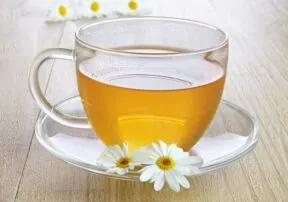
Chamomile – Nature’s Melatonin
Getting an adequate amount of sleep is crucial for overall health and well-being. Unfortunately, many people struggle with sleep-related issues that can leave them feeling…
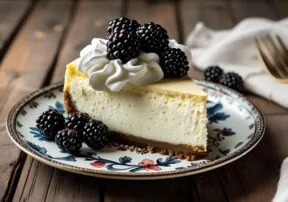
Eat Dessert While on Keto!
As we find ourselves deep into 2025, with February now upon us, many individuals are prioritizing their health and wellness goals. For some, this means…

There’s More to Boosting Immunity Than Vitamin C Packets
As the year starts winding down and the holiday season approaches, it brings with it not just festive cheer, but also the potential for colds…

Smart Savings at the Supermarket!
When it comes to managing your household budget, groceries can take a sizable chunk out of your finances. However, by implementing some strategic shopping tips…
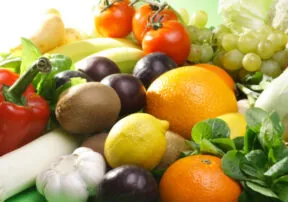
Try These Unique Winter Fruits that Grow in Arizona!
By Heide Kennedy, Arizona Farm Bureau Communications Intern Red and green grapes, apples, orange slices, pineapple chunks, melon chunks, and assorted berries. Those are all…
Immune Boosting Foods Cheat Sheet
By Heide Kennedy, Arizona Farm Bureau Communications Intern Food is nutrition, we all know that by now. But did you know what we eat has…
Enjoy Winter Lettuce Thanks to Yuma, Arizona!
By Heide Kennedy, Arizona Farm Bureau Communications Intern Hanging in my closet is a t-shirt that reads, “Ever had a salad in December? You’re welcome…
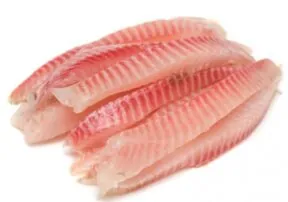
Brain Boosting Benefits of Fish
By Heide Kennedy, Arizona Farm Bureau Communications Intern When I was little, my absolute least favorite food was fish. I couldn’t stand the taste or…

Electrolytes – What They are and Why We Need Them
By Heide Kennedy, Arizona Farm Bureau Communications Intern Gatorade, Propel, Powerade, Pedialyte, there are all sorts of electrolyte supplements to help keep you hydrated, and…
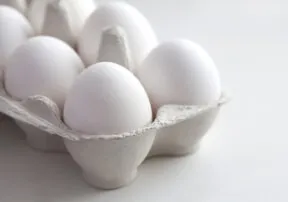
Collection of Fill Your Plate’s Articles on Eggs!
By Heide Kennedy, Arizona Farm Bureau Communications Intern Spring will be here soon! Something that is always associated with spring but still enjoyed all…
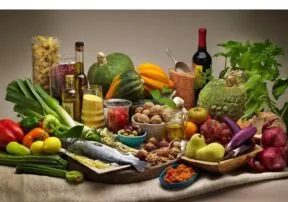
Healthy Eating for a Vibrant Life
Healthy eating and a healthy lifestyle are about balance and diversity, not restriction. Living in Arizona makes this easier with its plentiful year-round farmer’s markets…
















